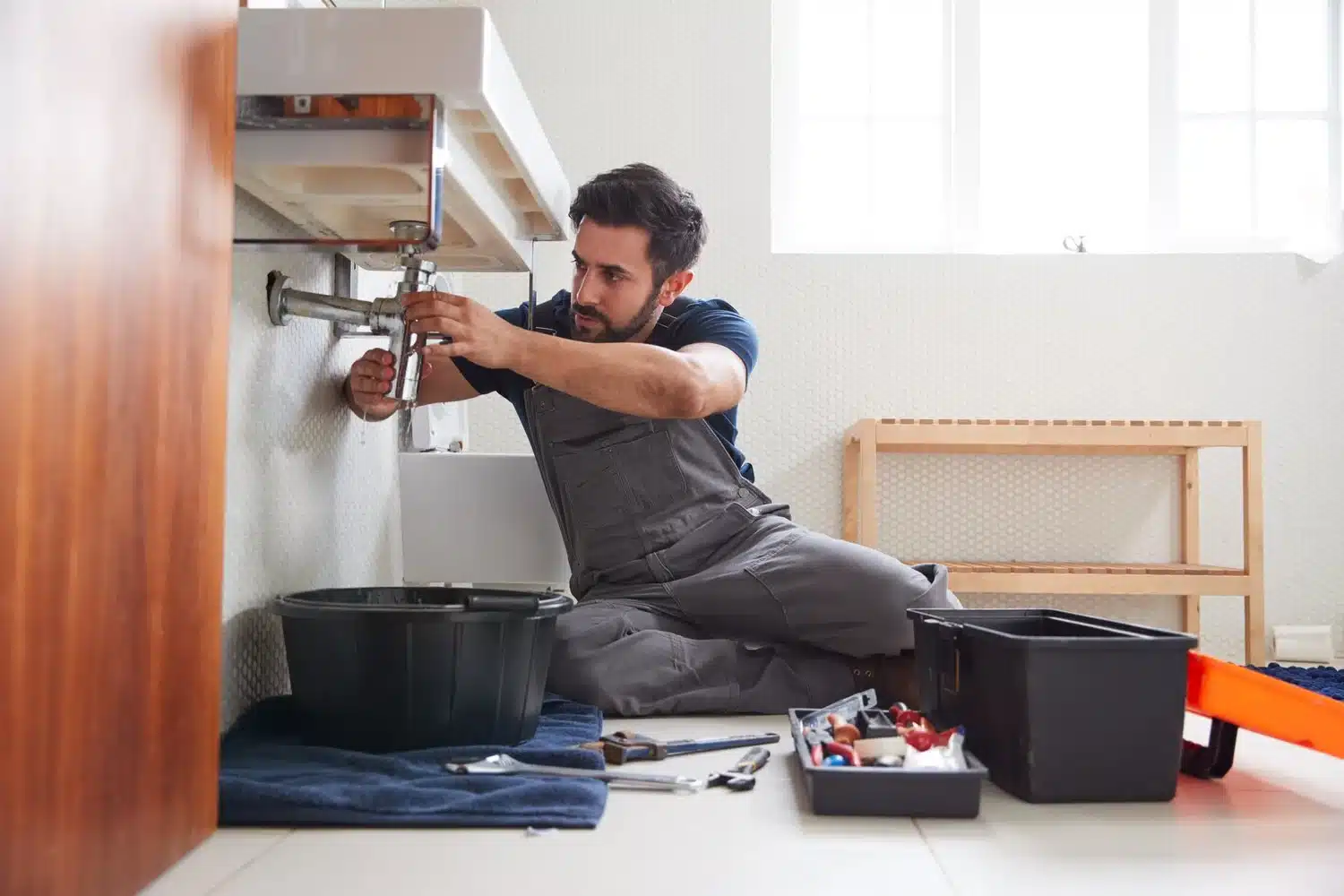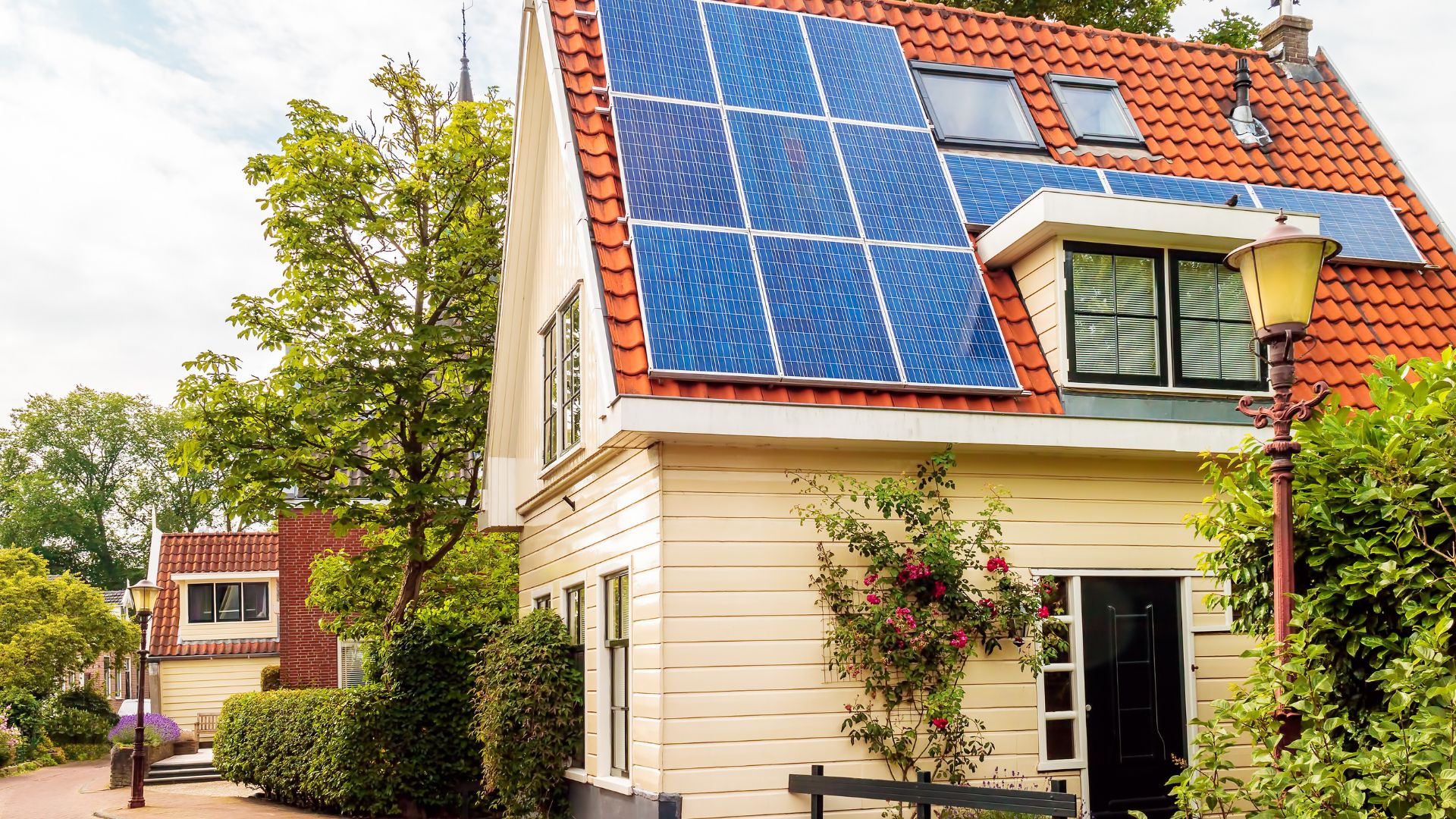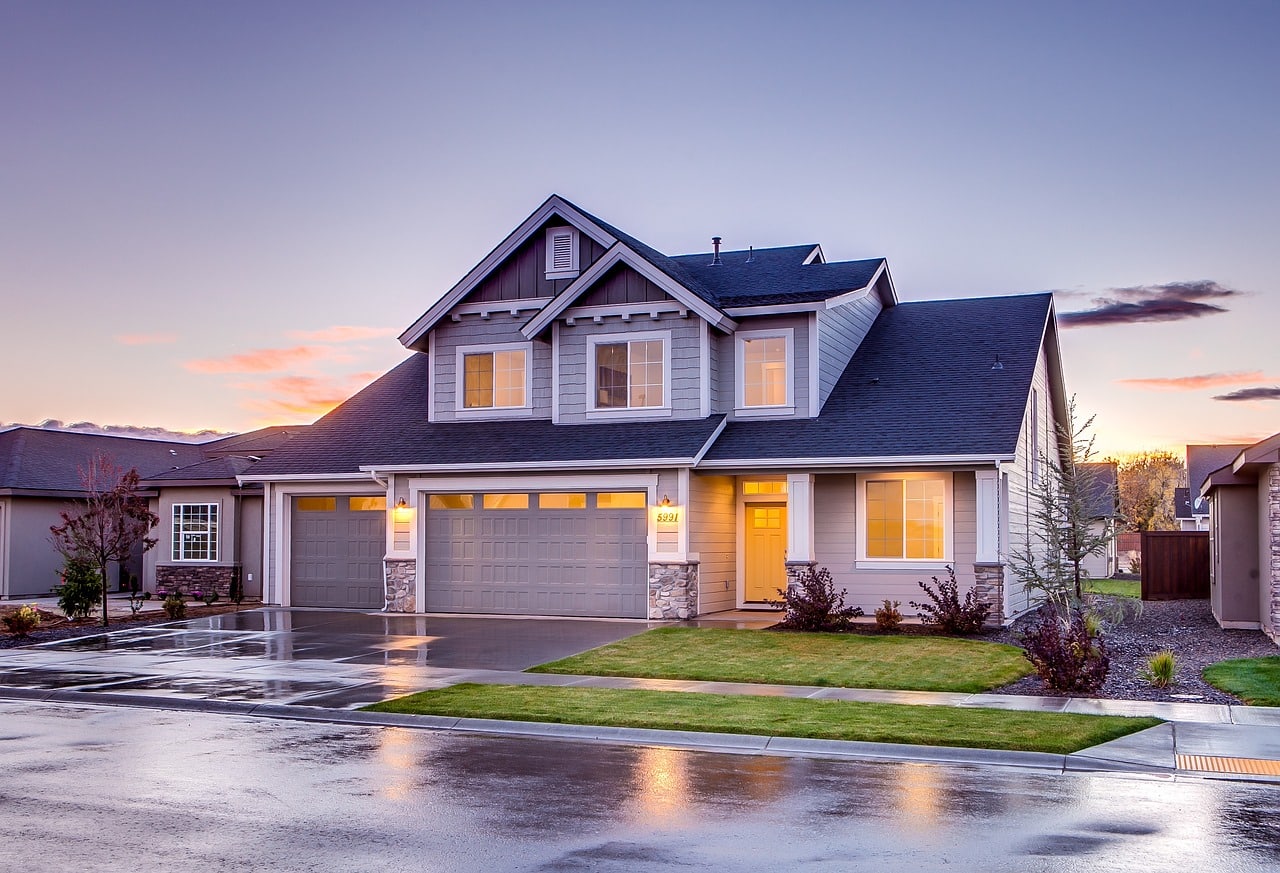How to Choose a Roof That Matches Your Home’s Style
Besides securing your family and belongings, the kind of roof you choose significantly affects your home’s functionality and aesthetics. That is why you must understand the different designs available and pick what best matches your house’s style.
While there are multiple roofing styles, factors like climate and your budget play important roles in your decision. Read on if you’re unsure how to pick the most suitable option for your house.
Identifying Your Home’s Style When Choosing a Roof
Before choosing a roof, it is important to identify your home’s architectural and general style. Different home designs pair better with specific roof shapes, colors, and materials. For example, classic or colonial-style homes usually go well with steep gable roofs.
On the other hand, Mediterranean homes typically have tiled low-pitched roofs. However, if you’re creating a more contemporary style for your home, you might go for metal roofing designs. These ideas can help enhance your home’s visual appeal.
Besides the aesthetics, matching your home’s style to your roof creates a more cohesive look. Begin by analyzing the house’s architecture and unique details. Paying attention to the materials and shapes can help you pick a roof that fits its style and structure.
Picking a Roof That Fits Your Home’s Style
Each roof style has its pros and cons, so when picking an option for your home, you must consider several factors often peculiar to you. Making the best choice enhances your home’s aesthetic appeal and lifespan. Here is what to do.
1. Consider Your Home’s Aesthetics
When choosing a roof, consider how it matches your home’s aesthetic. Pay attention to the texture and material to ensure they fit the house’s exterior design. For example, metal or wood shingle roofs go better with rustic farmhouses, while modern homes often require flat roofs. Besides the home’s design, consider the landscape and neighborhood to ensure the roof blends in properly.
2. Assess the Climate
Your area’s climate can affect your roof’s lifespan and performance. It’s important to choose one that can withstand those conditions.
If you live where there is heavy snowfall, you’ll need a steep roof to prevent snow from accumulating and causing damage. For warmer climates, flat roofs are preferable. These considerations keep your roof in peak conditions longer, adding to its prolonged beauty.
3. Choose a Complementary Color
You can create a cohesive and visually appealing home exterior by choosing a complementary color for your roof. A matching roof color improves your home’s architectural style, making the siding, trim, and landscaping more in sync.
Neutral colors are timeless, while vibrant ones fit Victorian-style homes better. Using complementary colors enhances the appearance, maximizing a home’s resale value.
4. Pick the Right Roofing Material
Using the right roofing material is a great way to complement your home’s style and ensure durability. Since different roofing styles work better with specific roofing materials, each one brings a different aesthetic touch. Different roofing materials include:
- Asphalt shingles
- Wood shingles
- Clay or concrete tiles
- Slate
- Metal roofing
Suitable materials ensure your home looks cohesive, lasts longer, and provides security under different environmental conditions.
5. Factor in Your Budget
Since roofing materials vary in cost, your budget is an important factor in making a choice. Typically, asphalt shingles are more cost-effective and a solid option if you’re on a tight budget. Other premium materials, such as clay tiles or slate, are more expensive. Either way, your budget should contain long-term maintenance costs.
6. Evaluate Local Building Codes and Regulations
Consider local building codes and regulations when choosing the best roof for your home. While it’s important to keep to style, these codes may recommend the materials and roof designs. You must comply with these regulations to avoid potential legal problems and costly redesigns in the future.
7. Consider the Maintenance and Lifespan
Different roofing materials have different lifespans and require different levels of maintenance. That is why you must consider how much time and energy you can put into this part of your house.
Since these materials do not require the same attention, your choice affects your long-term costs and convenience. Roof maintenance helps your home stay in good shape for a long time.
8. Pay Attention to Energy Efficiency
Most owners are looking for ways to lower their energy costs. As a result, energy-efficient roofing is becoming more popular.
If you’re considering this, install cool roofing materials like reflective shingles, which absorb less heat and reflect more sunlight. You can also install pyramid skylights, which provide natural light to help reduce energy costs.
9. Talk to a Professional
Getting professional advice regarding the best roof for your home can also be helpful. Consult with a local roofing contractor for helpful recommendations and insights based on your specific needs. They may also help with installation to prevent problems down the line.
Endnote
Choosing the right roof is essential for maximizing your home’s aesthetic appeal and maintaining its structural integrity. To pick the best option, consider your home’s architectural design, the climate, your budget, energy efficiency, and maintenance requirements.
Then, choose a complementary color and roofing material and consult a professional for helpful insights.







